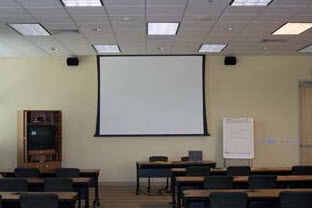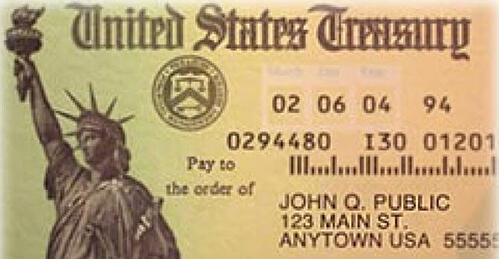I am currently working with a customer that requested "casual training" for their Kronos implementation. No, in some cases, "casual" is a pseudonym for "cheap." I mean, what is casual training? After all, I like to dress casually as anyone... Still, I think casual training means a lot of different things to different organizations. That being said, there are going to be some constants, so here are some things to keep your eyes on when your customers prefers the Casual Training Solution.
1) Nail Down the Specifics - First and foremost, you need to make sure both you and the customer know what needs to be covered in training. There should be a very clear list of topics and tasks to be covered. In a normal Kronos training implementation, you would have a training plan, and probably discovery findings document to provide. In these types of situations, you may have an e-mail. It doesn't matter. Make sure you have a clear list, and make sure the customer agrees to that list.
2) Logistics, logistics, logistics - Just because you are in a casual setting, you still need things like a classroom, white board and projector. Even if you have a presentation style class (common in the "casual" setting, you still may want to get participants up and practicing in Timekeeper. Make sure you have what you need to be successful here.

3) It's all material - Just because you are presenting a casual training doesn't mean you should skimp on the materials. It doesn't matter whether or not you are building job aids, a quick reference guide, or a full manual. Whatever you have to build has to be perfect. Only you will know what perfect it, so don't blow it. Make sure what you develop meets the customer's needs. If they need a manual and want a job aid, talk to them about the differences; educate them on the advantages of one over the other, and why you suggest what you suggest. Once they are fully education on the decision, you let them make it and you work with it. Just make sure everyone is clear on what is happening and why.
4) Keep Track of the Small Stuff (and it's mostly small stuff!) - It is easy to forget things during a "casual" training. You may not keep track of the hours you use. A meeting here, a meeting there. A few small touches to a job aid. I mean, what's the big deal? This is a casual training plane, remember? Keep track of the work you are doing and inform the customer where you stand on a regular basis. They need to know that you will be charging them for your time. Often, customers may think because the training is "casual" that little things like this won't count. They should always count, and you need to keep the customer aware of that. I find your best practice here is to notify the customer of the hours used on a weekly basis, so there are no surprises either way, which leads me to the final note...
The only good surprises are parties and tax refunds - Communicate with the customer. No one likes surprises in their training. In a "casual" training, a lot may be glossed over. Occasionally things come up that may illicit a negative reaction from the customer. You don't know what causes it, but now you have to manage it. Don't assume anything. Over communicate and confirm understand in all meetings and communications.
 I guess the point here is that if you treat "casual training" casually, you are looking for trouble. Remember these basics and the Quick and Dirty will be a little more thought out, and definitely cleaner.
I guess the point here is that if you treat "casual training" casually, you are looking for trouble. Remember these basics and the Quick and Dirty will be a little more thought out, and definitely cleaner.
Good luck with your Kronos training implementation.



Comments